The program is quickly approaching version 1. There’s still a few bugs to iron out and some serious testing. But the program is now about 90% feature complete.
Once I have a stable V1. I’ll start adding support for additional meters.
Tom's Brain Dump (Archive)
Interesting day today. Not only I sold my 3 PowerEdge 1950’s today (To a gentleman who drove over 7 hours from Montreal to pick them up!), I also found a kick-ass deal on Kijiji for a new Dell PowerEdge R710. What made this even better was that not only the asking price was already super low, I was able to knock off of an additional $200 from his asking price and the guy even met me halfway.
The server comes pretty well loaded.
2x E5630 2.53Ghz 12MB Cache Xeons
24GB DDR3 ECC RAM
4x 450GB 15K 6Gbps SAS drives
PERC H700 RAID Controller
iDRAC6 Card

…and as a bonus an Intel PRO/1000 VT Quad Port network card.

What really surprised me was the fact that there was still ~450 days of on-site warranty available. Will have to call my Dell guy tomorrow to help me transfer the warranty to my company.

Microsoft released Windows 8 and Visual Studio 2012 RTM on MSDN today!
I was really looking forward to Visual Studio 2012. And the fact that it does not require migrations of projects from VS2010 to VS2012 means that I can pretty much un-install Visual Studio 2010 and use 2012 exclusively. Even the upper-case Menus do not bother me at all. And the TFS integration is wicked.
I guess I’ll be slowly migrating my web projects to ASP.Net 4.5. There should be some significant performance improvements.
Noticed that TFS 2012 server is out today too. Not sure if I want to can just upgrade TFS 2010 to 2012 or do I have to create a new repo. I have I have some work ahead of me. I’m glad all that stuff is virtualized so if anything goes wrong, I can just revert to a snapshot.
Good times.
The new software project is coming along nicely. I’m really digging Visual Studio 2012 and .Net Framework 4.5. Unfortunately there’s not much for .NET 4.5 WPF Gauge controls and I didn’t really feel like writing ones from scratch. I decided to revert to WinForms for now. The entire logic of the software is kept separate from the presentation layer so once i get some good third party controls, it should be relatively simple to change over to it.
Success!
After a bit of research, I discovered that the Uni-Trend UT61E uses an all-in-one chip that also handles the serial communication. It’s a Cyrustek ES51922 Chip and a bit of googling I found the technical documentation that also describes the serial protocol and data encoding in the serial stream.
Took me a bit of work to get the data to flow from the UT61E and after a fair bit of bit-twidling. I was able to successfully translate the raw data from the multimeter to a useful format.
After I wrote the communication library, I wrote a quick console app to dump the values from the meter.

The meter feeds about 2 samples per second (except in Frequency mode where it seems to slow to 1 sample per second). Not the fastest feed but good enough for most application.
Next step is to write the logic engine to deal with all the features I want to implement.
The time has come to rack up the servers at the data center. The plan is to decomission the old Dell PowerEdge 1950’s and replace them with these Intel SR1680MV servers.
Out with the old. The PE1950’s have been real workhorses. Sure they top out at 32GB of RAM, but back in Windows 2003 days, this was sufficient to run a lot of instances of the OS, and countless instances of CentOS Linux. I was originally running 2 vSphere Nodes and 1 ProxMox node.
Psylocke is a purpose built firewall. It’s got off the shelf components Intel Motherboard, Intel Celeron 440 and 2GB of RAM. Connections are handled by an Intel Pro/1000 VT Quad NIC. The OS is pfSense 2.0.1. This combination has been shown to easily throughput 500Mbit of inter-zone traffic. pfSense is by far the most powerful free firewall solution I’ve come across.
I’m planning to convert a Firebox firewall to pfSense at some time in the future. But that’s another project.
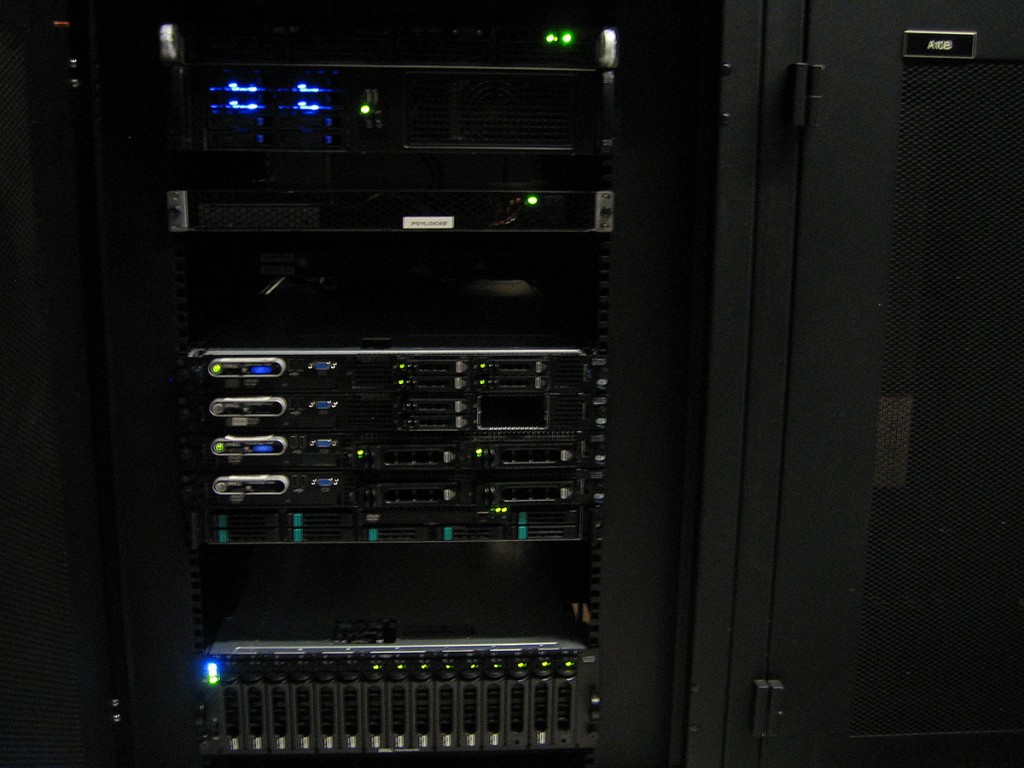
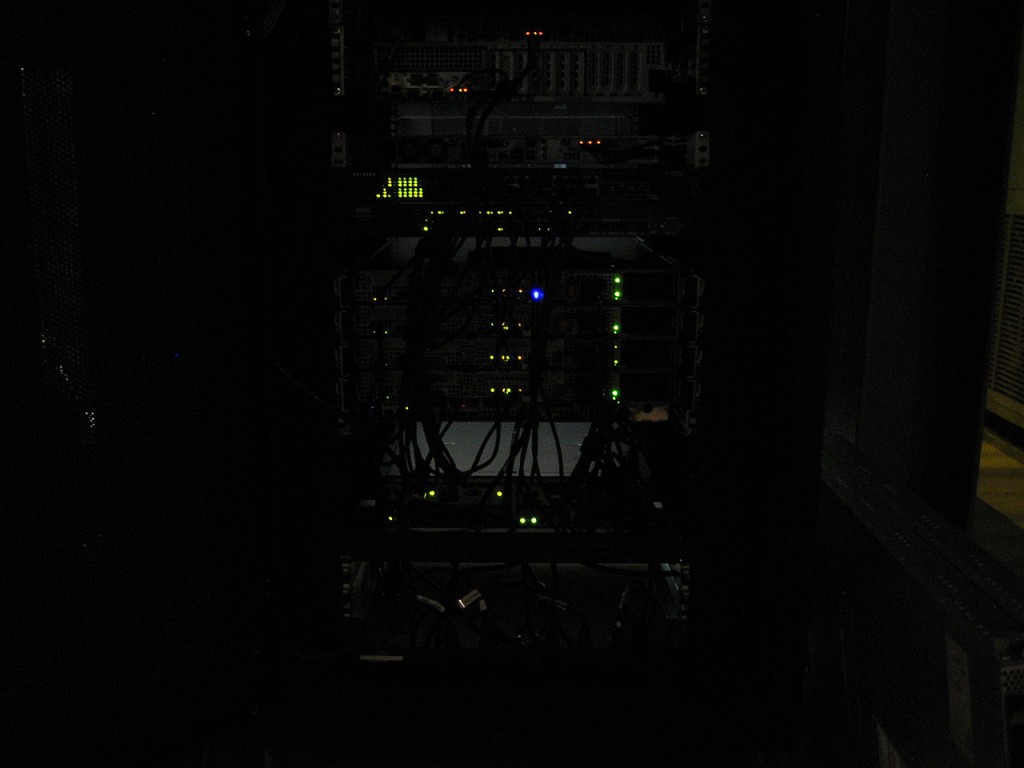
New servers racked up and fired up. I had to reconfigure the servers on site due the fact that some VLANs had to be moved around as I had to rewire some of the switch connections. The file server is another Intel Server. It’s an Intel SR1550 running two E5160 3.0Ghz Xeons with external SAS controller and running NexentaStor 3.1. NexentaStor is Solaris based file server utilizing ZFS for the file system. ZFS provides on-the-fly block-level deduplication and on-the-fly compression. NexentaStor has been proven to be a rock-solid file server solution. With iSCSI MPIO support, balancing bandwidth across multiple NIC is trivial. ZFS also utilizes SSD’s for intermediate cache, causing random access performance to skyrocket due to block level caching.
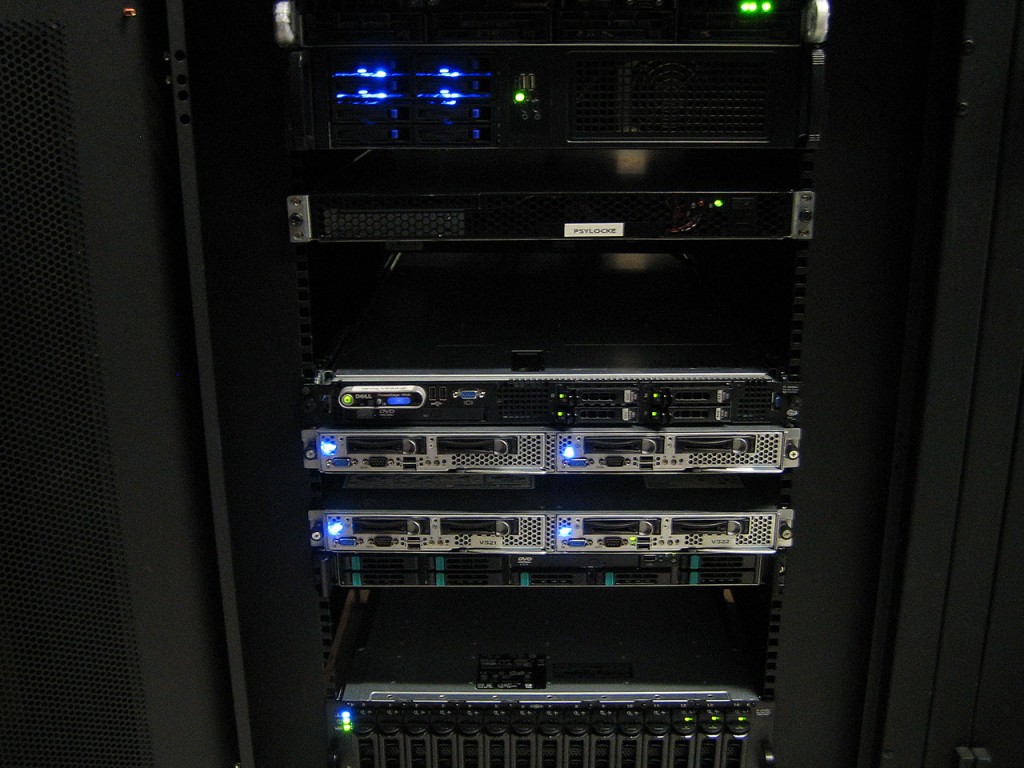
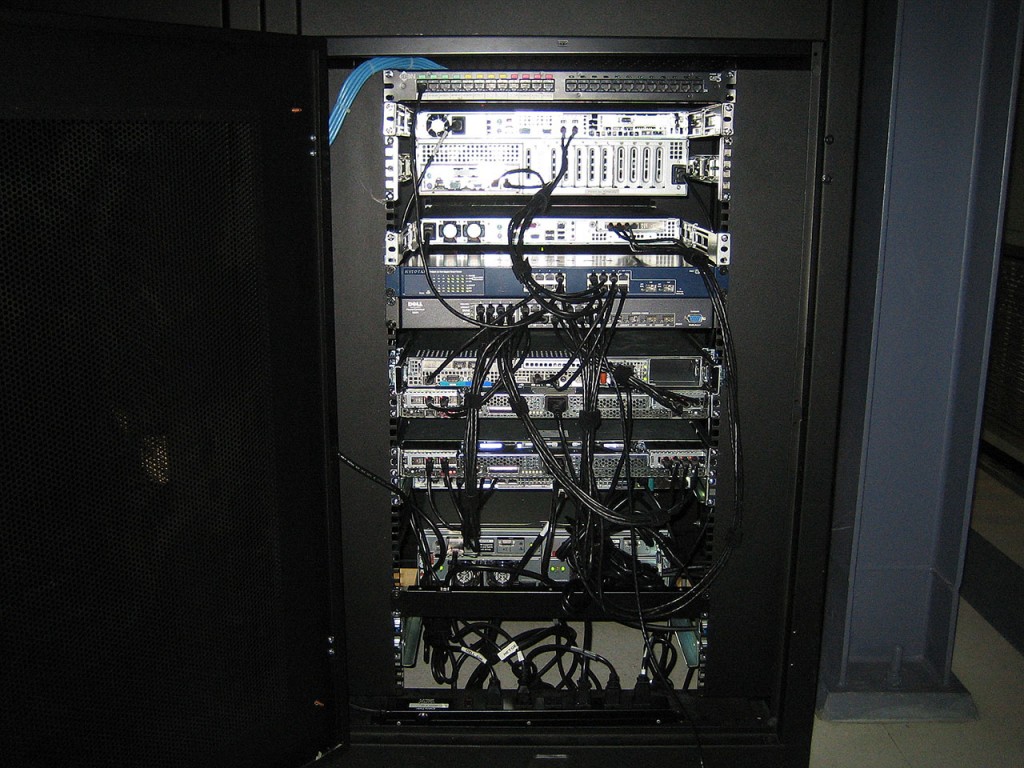
Now I’ve got myself some spare PE1950’s. Two of them will end up for sale on Kijiji. I’ll keep one of them for the lab at home, at least until I can score another deal on a server like the SR1680MV.
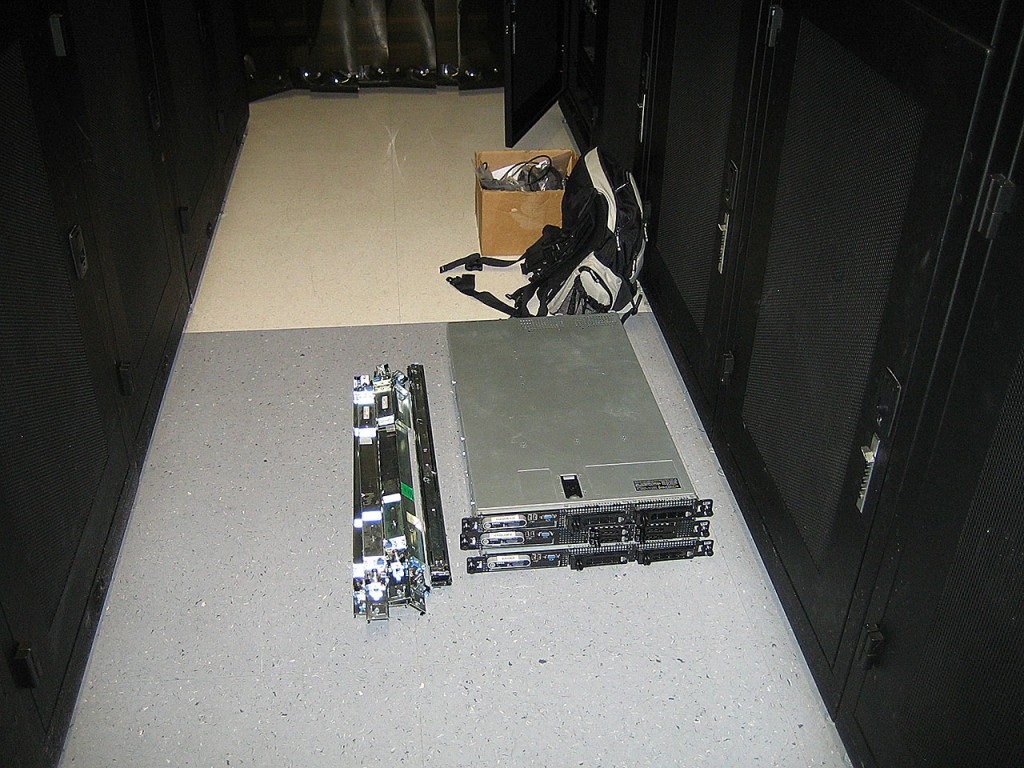
I’ve wasted on time racking up the servers at home. They need a little bit of cleaning since they haven’t been cleaned for over 8 months. I’ll wipe the drives and post them on Kijiji. Hopefully I can still get a decent coin out of them. The 4GB modules that make up the 32GB of RAM are still pretty expensive nowadays.

Sad to say, but I deleted Windows 8 and re-installed Windows 7 today. Windows 8 Preview is just incomplete enough that I can’t get stuff done in timely fashion. When RTM version hits MSDN I’ll download and try it in a VM to see if Microsoft resolved any of the issues that I ran into during normal use. Otherwise, I will probably wait till next year to complete the transition.
I picked up a whole bunch of Western Digital Velociraptors. These are 10,000 RPM SATA “Prosumer” versions of enterprise drives. They’re basically high performance, RAID ready drives priced for the computer enthusiast. I’ll be using these to provide boot and local storage to the SR1680MV nodes running ProxMox since the servers do not support SAS drives which is rather odd for server hardware.

Since the SR1680MV’s take in 2.5″ drives, I had to remove the drives from the “Ice Pack”. But oh, what’s this? Western Digital uses “tamper-proof” screws to secure the drives to the Ice Pack.
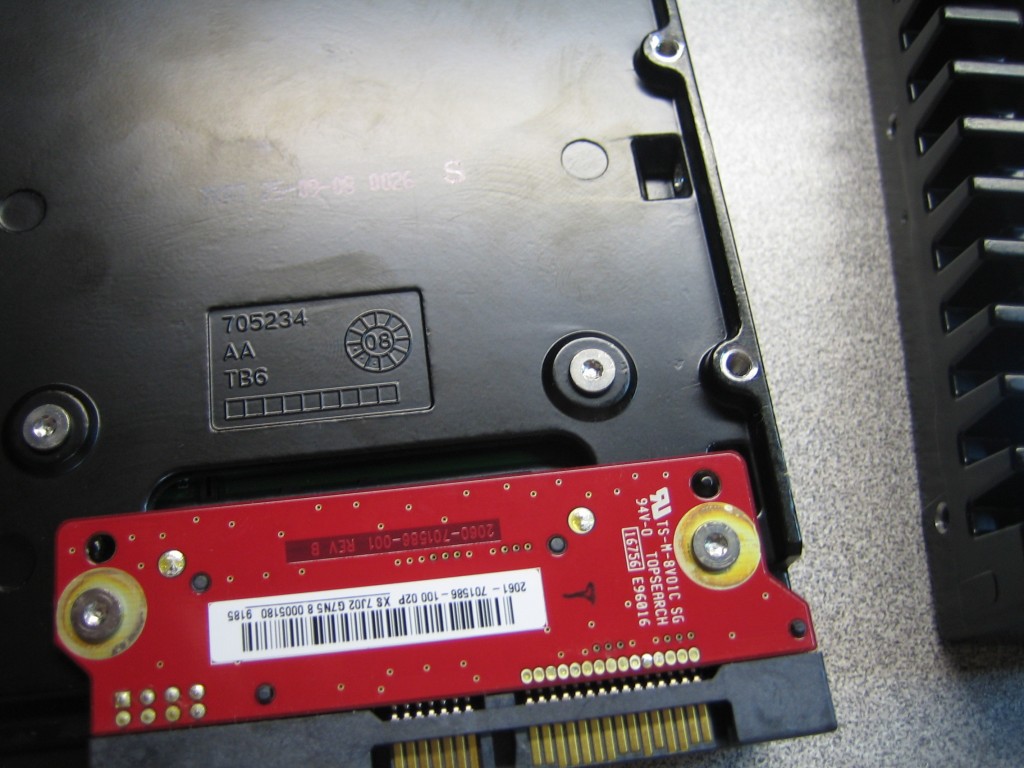
It’s only tamper-proof if nobody can actually tamper with it.

Couple of minutes later and I have some nice 2.5″ 10K drives ready for installation into the servers. Additionally, the Ice Packs can be reused to mount 2.5″ SAS or SSD drives into 3.5″ how-swap bays!
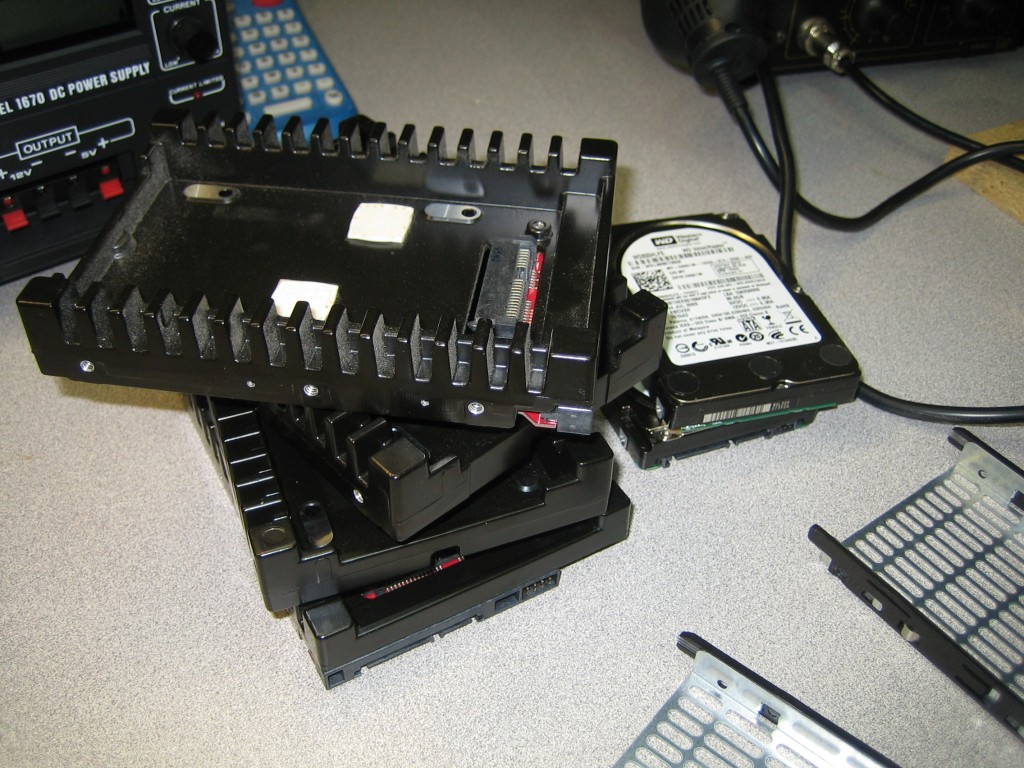
So, after a solid week of seriously using Windows 8 Preview on my primary workstation, I can finally give an educated opinion on the product.
VPN
Epic. Fail. What was Microsoft thinking? What was wrong with the previous VPN dialog? Due to the way the new dialog is implemented, it is impossible to copy/paste credentials into the dialog because the dialog cancels out as soon as it loses focus. PPTP VPN is also broken in Win 8 Preview since I can no longer log into one of my VPN networks, Windows reports invalid credentials even though I have no problem logging into the VPN server from Windows 7. This is definitely a HUGE problem for me in the long run, I hope they fixed it in the RTM. For now using a VM to VPN into a client site.
Start Button
Ok, I got used to not having the start button pretty quickly. However, the implementation of the UI on multiple screens is completely broken. When I click on an icon on my right screen, why does it slide out on the center screen? The “start” menu is so full of crap that it’s impossible to find the software i’m looking for, fortunately i’m used to type-search the program I’m looking for so I don’t often have to hunt through that mess. Also, when running a windows VM in full screen, attempting to click the Start button in the VM causes the host to popup the Start menu, because it decides that it wants to popup on hover. It does this even on screens that have no taskbar!
vSphere Client
Works for the most part. Can’t connect to VM console. Can’t really blame Microsoft entirely on it, but it helps. I hope VMware steps up and releases an update to the vSphere client. This is kinda important, not critical since VMware Workstation 8 supports connecting the vSphere hosts and opening console through it works fine.
Devices
Here again most devices worked without a problem. The only problem I had was with Creative X-Fi Titanium card. I installed Windows 7 driver which was fine, until next reboot where all traces of the install disappeared. Attempting to re-install the driver was met with “You already installed the driver, must reboot before installing again”. Countless reboots later, registry tweaks, could not get rid of the error. Even after finding Windows 8 beta drivers for it. Same message. Gave up and installed Asus Xonar card with the hacked Unified drivers, since no Official/Beta drivers are available either.
There’s no doubt without addressing some of the UI quirks, Windows 8 is going to be the new Vista. I’m hoping Windows 9 is right around the corner.
SR1680MV’s will be receiving some eBay low profile nics that arrived today. Intel Pro/1000 Dual Port PCI-e x4 cards.
I originally mounted them in the second server ‘s backplane. This SR1680MV was originally supposed to run ProxMox but it occurred to me that it would be a better solution to have one node from each server run ProxMox and the other node vSphere. This is because these servers do not have redundant power supplies. So that if one server’s power supply fails, my entire infrastructure won’t come crashing down.At worst, one node from each cluster will be affected, not the entire cluster.
I’ve added the new power LED’s to the second set of nodes too. All racked up and ready for testing. I’m hoping to have these servers racked up in the datacenter by next weekend.